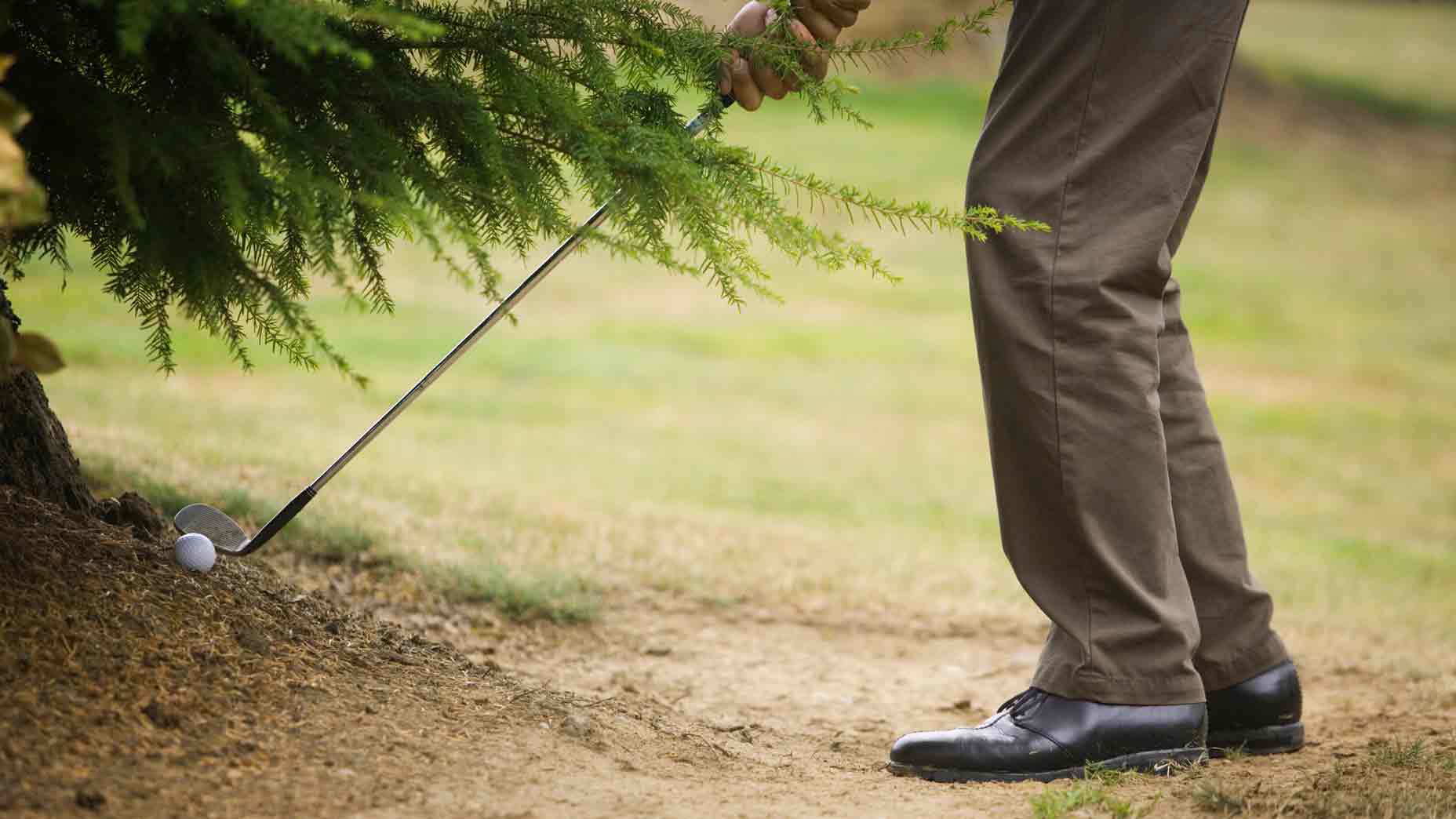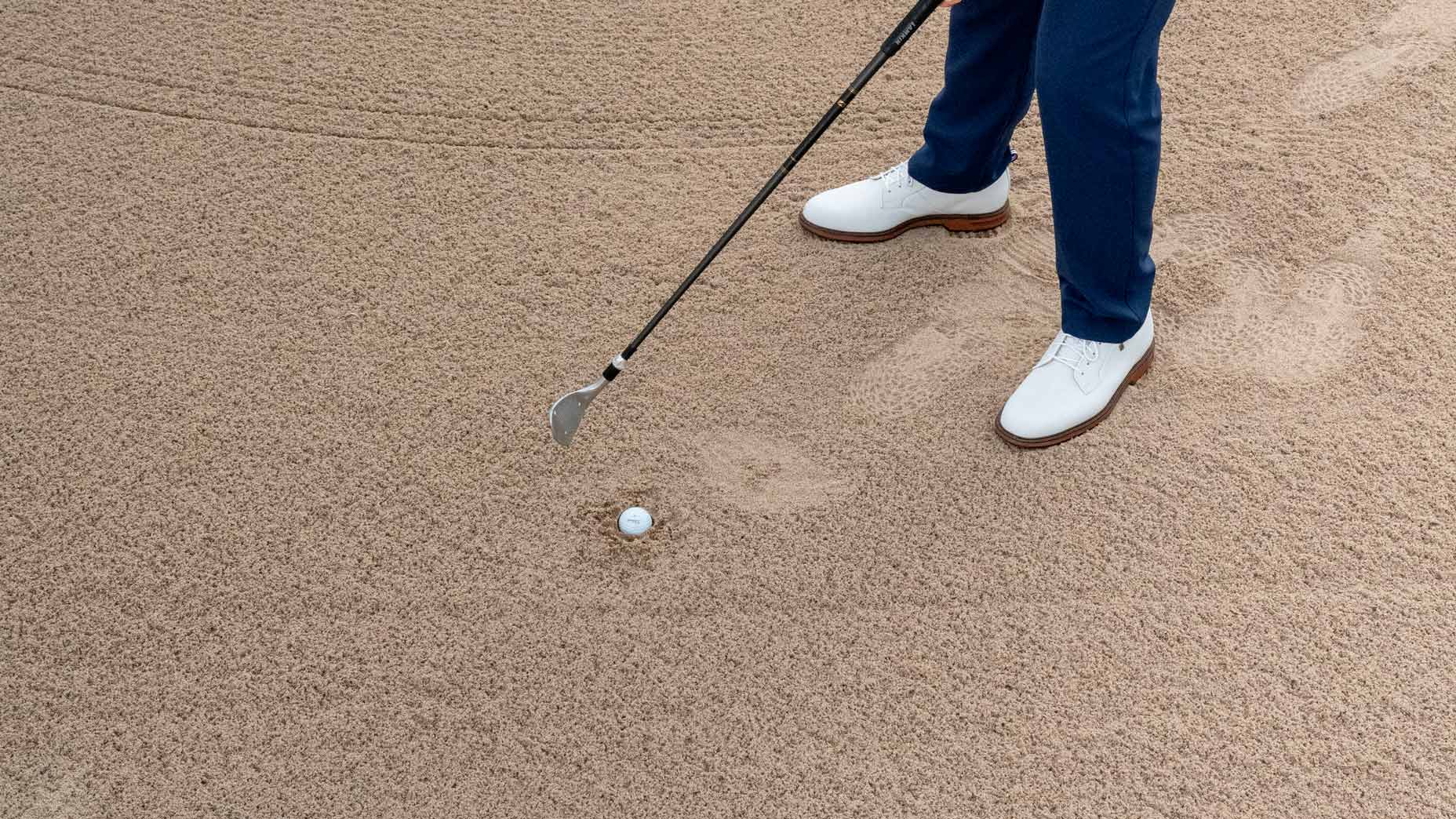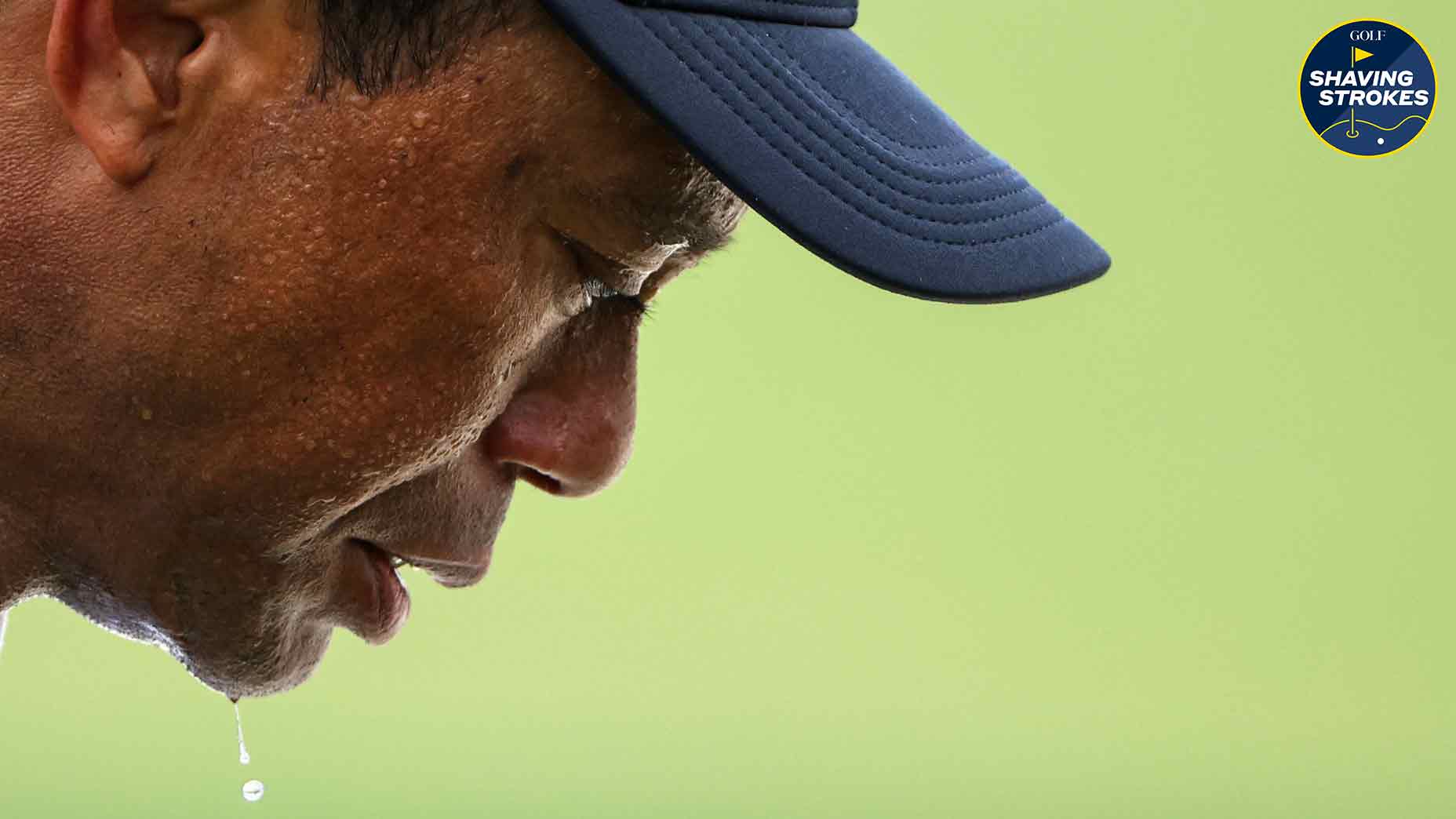10 ways to stop topping the ball, according to a Top 100 Teacher

Topping the ball can kill a round.
Getty Images
If you’re a golfer who tends to top the ball, the first step in hitting better shots is readjusting your mindset. This means you must learn to hit the ground with each swing; including your practice swings.
Get over any fear of a mishit by dialing in your swing fundamentals, which will help you stop topping the ball once and for all.
Below, I provide 10 tips to do just this, which will free your mind and allow you to play loose — which should result in a much better outcome.
10 tips to stop topping the golf ball
1. Hit the ground … please!
Many golfers who top the ball have one thing in common: They’re afraid to hit the ground, assuming they’ll chunk the shot. But turf interaction is critical to compressing the ball the right way, so for those toppers, it’s time to change your intention and make yourself aim lower — ensuring that you’ll make contact with the ground.
2. Bow forward from your hips
By bowing forward from the hips, this will help your arms hang with your hands below your shoulders — which is the proper golf posture. This posture puts you in a forward position, allowing your eyes and chest to move a bit closer to the ground, making it much easier to engage with the turf during your shot.
You don’t need to bend your knees too much, so make sure they’re relaxed enough to take the lock out — but not be used as a primary lowering agent. Too much knee bend will tend to stand your upper body too upright, making it more difficult to hit the ground or get center-faced contact.
3. Throw your hands and clubhead to the ground
As you make your backswing, you’ll want to allow your arms to extend and straighten down towards the ground. If it feels like you’re throwing something from your hands straight down to the ground, you’re doing it right.
By doing this extension and by straightening your arms, you’ll help the club get down to the ground — allowing the ball flight to go higher.
4. Weight stays forward
I like to see the weight stay relatively consistent from the toes to the heels throughout the swing. Not everyone does this, but if you top the ball a lot, it’s something you should consider.
While doing this, you should feel the weight stay in your toes and on your forward foot as you make your downswing. This will help you avoid pulling back away from the ground, which can cause a topped or thinned shot.
5. Make a divot
A divot is not a bad thing, so if you think it is, be sure to retrain your brain to make sure you take one. But not all divots are created equally, as they can tell a lot about your shot. Often, first divots happen before the ball, producing a fat shot that’s less than perfect — but still a step in the right direction if you typically top the ball, as it shows progress on getting the club to the ground.
A good training tool to practice turf interaction is the Divot Board (available here), which is both fun and easy to use.
6. Hear the ‘thump’
Some players don’t like to take practice swings, but if you often top the ball, I think they’re important. That’s because your practice swing allows you to feel and hear the club hit the ground, giving you a chance to replicate that as you hit your shot.
For instance, if you’re using a hybrid and don’t take a practice swing that’s hitting the ground, you’re almost assured to top the ball. But by taking some practice before executing your shot, you can turn your thoughts into a feel — giving you the confidence to strike your ball the right way.
7. The trail heel comes up
If your posture is good and you’re extending your arms down towards the ground on the downswing, the trail heel should get pulled up naturally.
As a quick visualization, imagine throwing a ball underhanded. Your back heel will naturally lift up as you toss it towards your target — the same should happen in your golf swing.
Having this heel come up will help the bottom of the arc occur in the right spot, as well as help the club stay low to the ball in order to engage with the turf (and, hopefully, make a proper divot).
8. Keep the hands, arms and elbow relaxed
Any tension in your body will make it more difficult to elevate the golf ball. So, assuming your grip is correct and you’re holding the club in the fingers, make sure you never squeeze too hard. Instead, simply close your hands and secure the club without much tension. A correct grip will allow you to be relaxed in your hands, elbows, arms and shoulders. This will make it much easier for the club to get down to the ground, while also helping with increased speed and distance.
9. Tee it higher
If you tend to top your shots off the tee, I suggest teeing it as high as you need to in order to increase the ball flight. On all par 3’s, unless you’re using your driver, I like to see the tee get broken in half as you make impact.
10. Change your intention by aiming lower
Golfers can be stubborn and stuck in their ways, so it’s important to break those bad habits a lot of time. In order to stop topping your shots, get comfortable being uncomfortable, and use a different approach. Sure, you might mishit it, but seeing a different type of miss generally means that you changed something in your swing — which could very likely be a step in the right direction.
Rukket Sports Pathfinder Impact Mat™
$69.99
View Product











